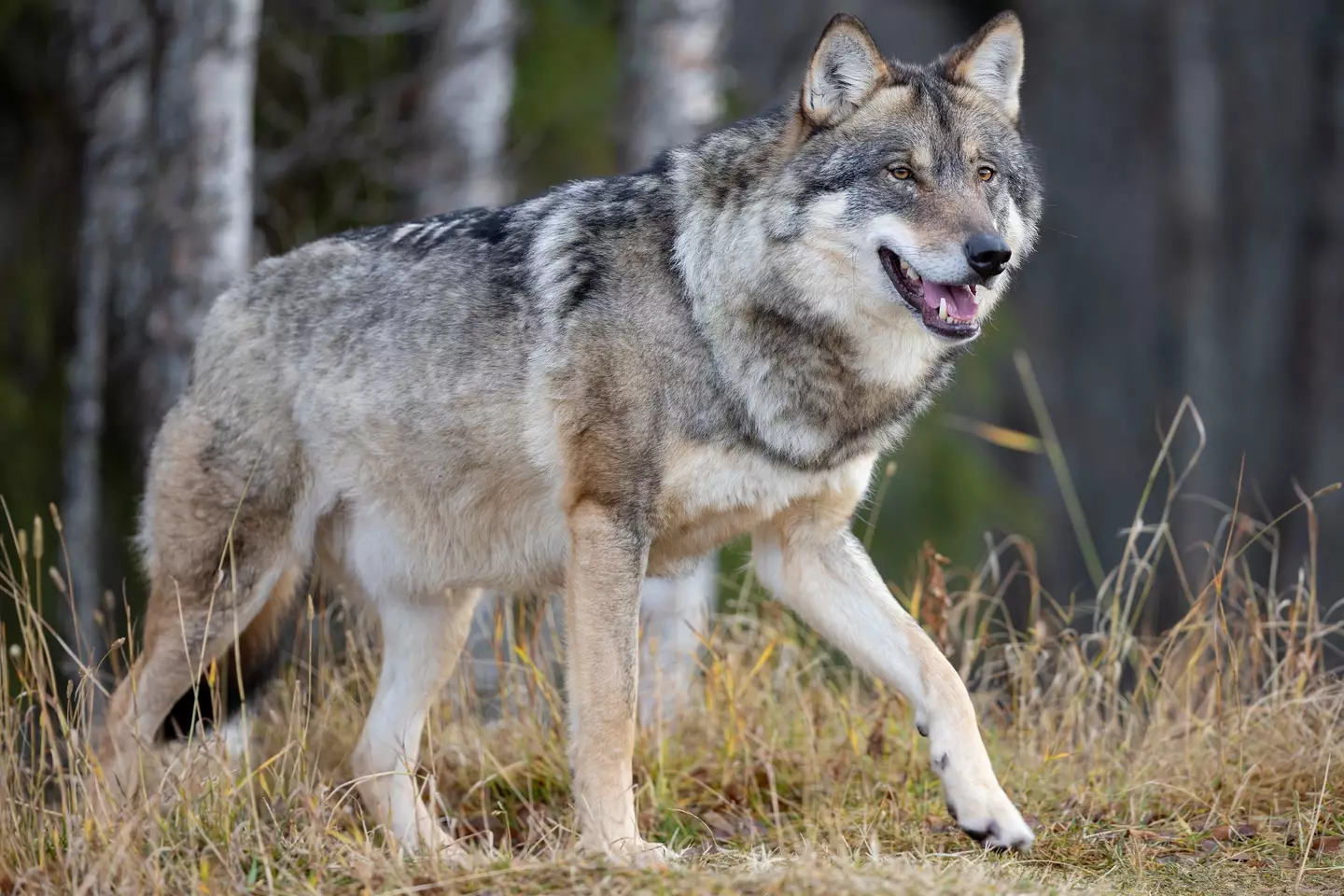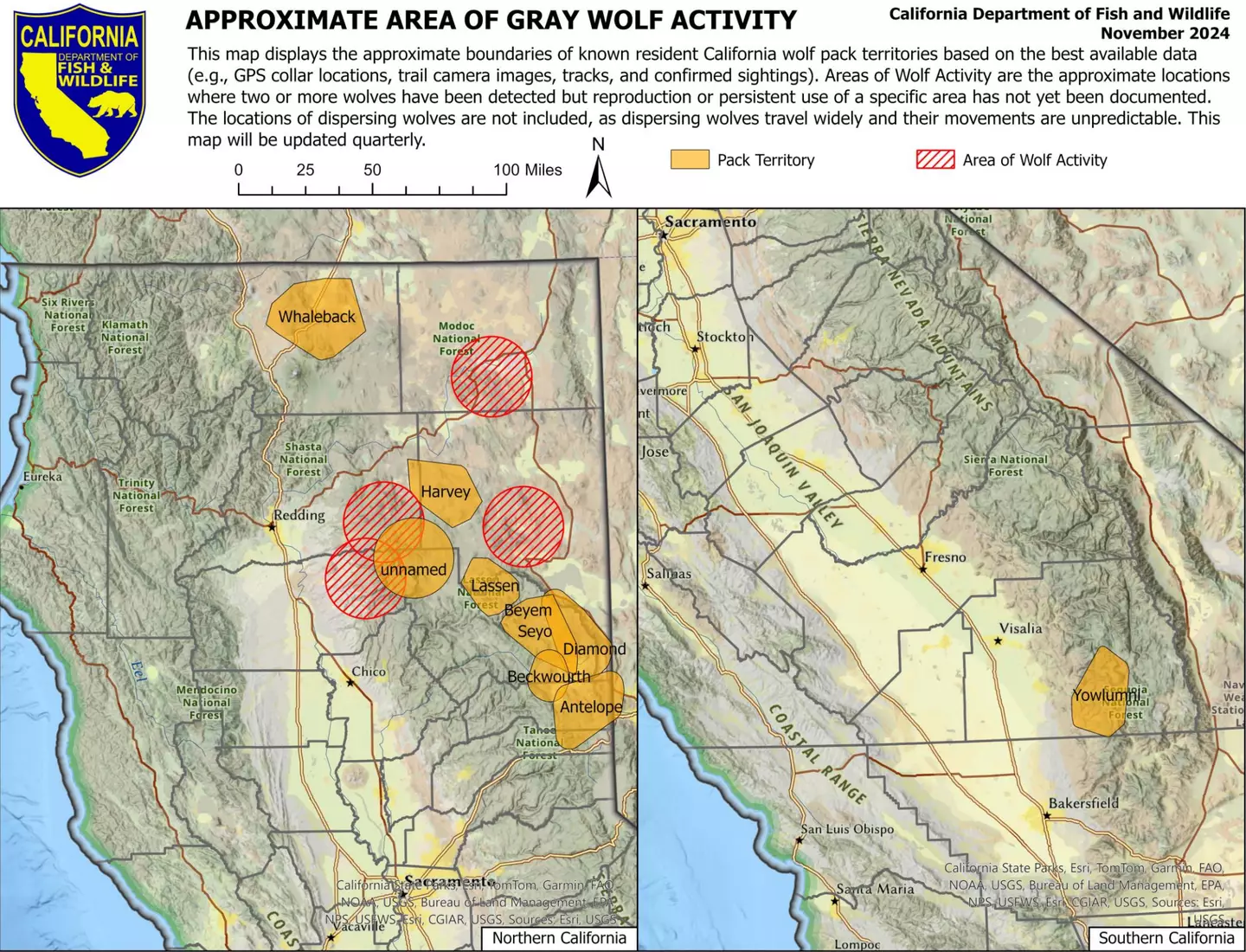The array of perilous animals that pose a threat to humans in the United States is quite remarkable.
Among these are black, brown, and polar bears, mountain lions, approximately 30 varieties of venomous snakes, wolves, as well as sharks, alligators, and crocodiles. Additionally, dangerous insects, such as spiders and hornets, are also part of this list.

If you’re planning a hike almost anywhere across the country, it’s essential to take safety measures. Californians, in particular, should now be aware of a new gray wolf pack that has settled in a national park where they had not been seen for nearly a century.
The wild wolves in California were exterminated about a hundred years ago due to extensive hunting. However, with nearly a century of federal protection, these predators are beginning to make a natural comeback. Although many believed they were reintroduced, such reintroduction only occurred at Yellowstone National Park, Wyoming, back in 1995.
The apex predator has made a return to Lassen Volcanic National Park for the first time.
A wolf family, consisting of a mother, father, and two pups, has been captured on a camera trap in northern California, as reported by the US Forest Service.

Currently, nine wolf packs are under observation by the California Department of Fish and Wildlife (CDFW). Additionally, there are four other zones where ‘wolf activity’ has been officially documented.
There is an existing wolf pack recognized as ‘Lassen,’ named for its territorial range in Lassen County, not within Lassen Volcanic National Park.
The CDFW stated: “The gray wolf (Canis lupus) is a recovering endangered species protected under the California Endangered Species Acts (CESA) and U.S. Fish and Wildlife Service Federal Endangered Species Act.
“This native species was likely extirpated from California in the 1920s. Wolves have returned to California on their own by dispersal of individuals from source populations in other states.

“The public reporting of potential wolf sightings are investigated in California, and valued as a monitoring tool. The California Department of Fish and Wildlife (CDFW) did not reintroduce gray wolves to the state.”
The resurgence of gray wolves in California might be advantageous to the state’s ecosystem. Wolves can help restore balance in the predator-prey dynamic, which has recently shifted in favor of the coyotes.
As wolves disappeared, the coyote population in California expanded, negatively affecting the Sierra Nevada red fox.

